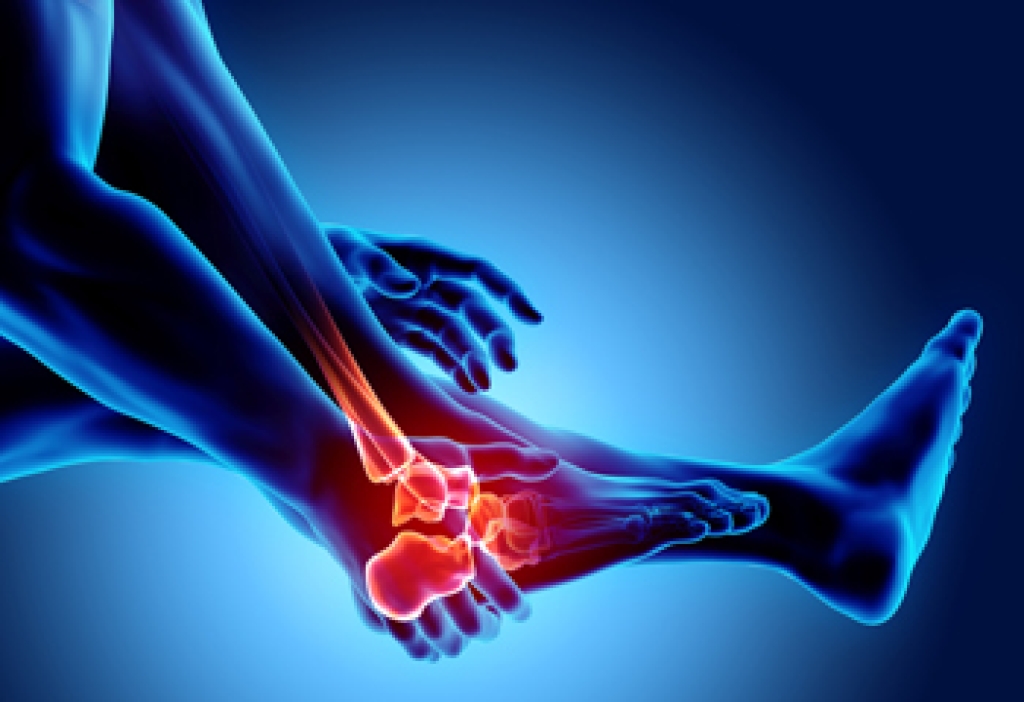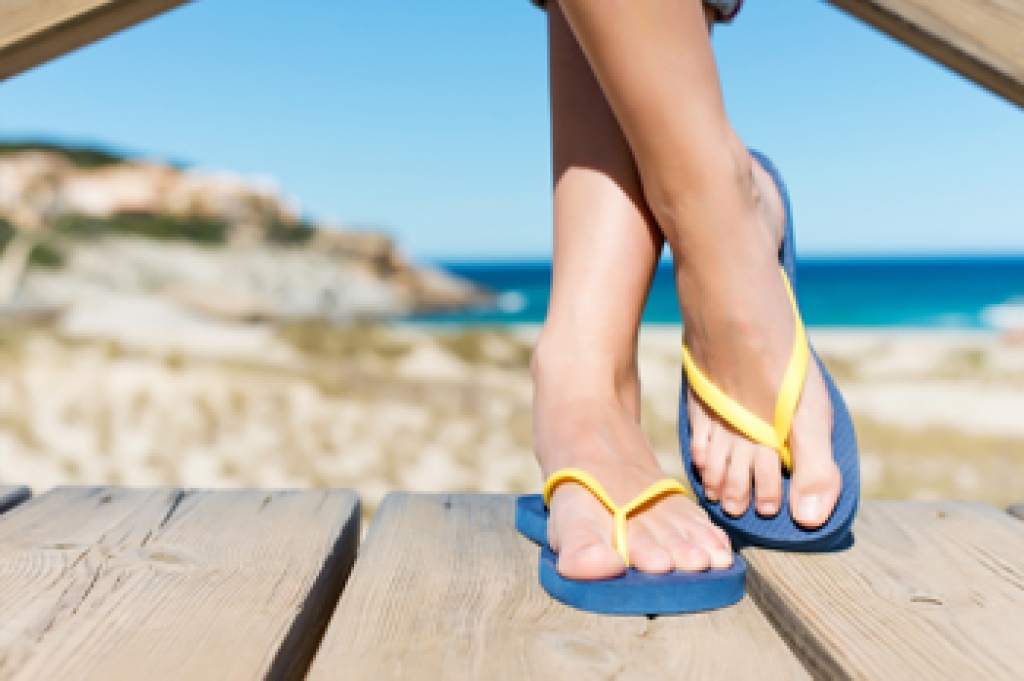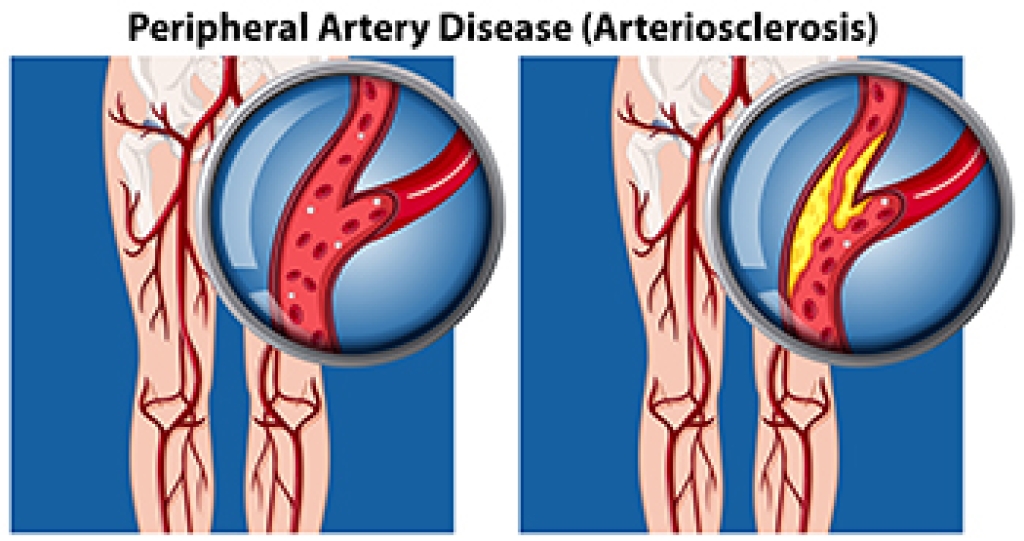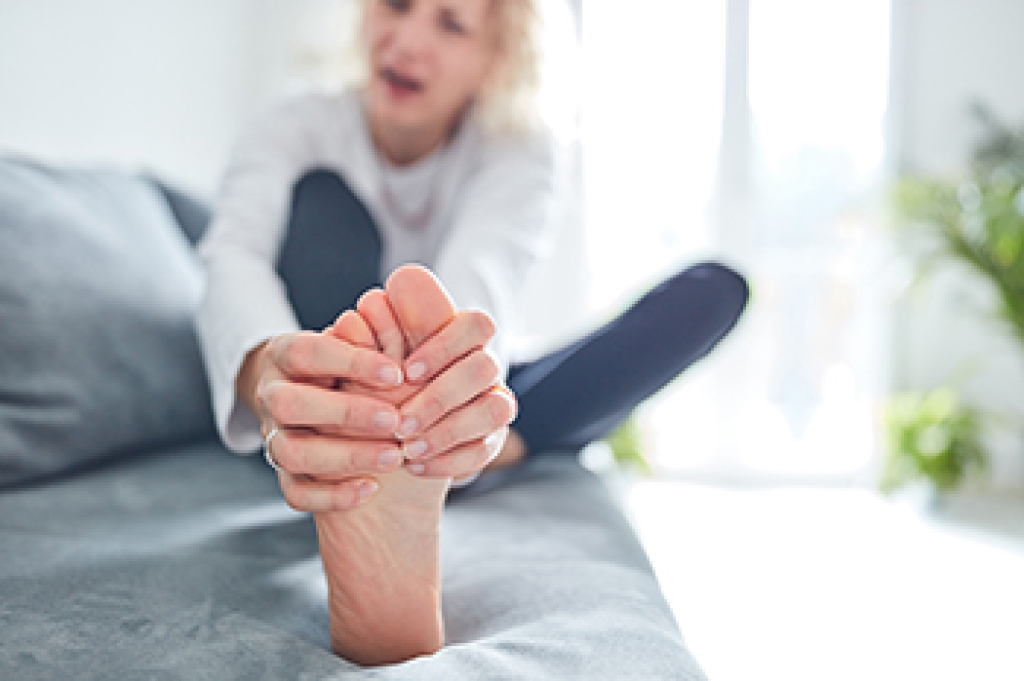
Arthralgia and arthritis are terms often used interchangeably, but they describe distinct conditions related to joint health that can affect the feet. Arthritis belongs to a group of inflammatory joint conditions in the foot, including osteoarthritis, rheumatoid arthritis, psoriatic arthritis, and gout. On the other hand, arthralgia is a medical term for foot joint pain, which can arise from various causes including injury, infection, or overuse. While arthralgia is a symptom frequently experienced by individuals with foot arthritis, not all joint pain is a result of arthritic inflammation. Arthritis can lead to severe complications, affecting mobility and overall quality of life. In contrast, arthralgia's complications are typically related to the underlying cause of joint pain. Identifying the root cause is crucial for effective management and treatment. Both medical and home treatments can help alleviate foot joint pain. Exercising, resting, stretching, and pain relievers can provide relief. In more severe cases, medical interventions like disease-modifying drugs, biological drugs, or joint replacement surgery may be necessary. If you are suffering from foot pain of any type that is not responding to home treatment, it is suggested that you make an appointment with a podiatrist for an accurate diagnosis and treatment.
Arthritis can be a difficult condition to live with. If you are seeking treatment, contact Chuc Dang, DPM from California . Our doctor can provide the care you need to keep you pain-free and on your feet.
Arthritic Foot Care
Arthritis is a term that is commonly used to describe joint pain. The condition itself can occur to anyone of any age, race, or gender, and there are over 100 types of it. Nevertheless, arthritis is more commonly found in women compared to men, and it is also more prevalent in those who are overweight. The causes of arthritis vary depending on which type of arthritis you have. Osteoarthritis for example, is often caused by injury, while rheumatoid arthritis is caused by a misdirected immune system.
Symptoms
- Swelling
- Pain
- Stiffness
- Decreased Range of Motion
Arthritic symptoms range in severity, and they may come and go. Some symptoms stay the same for several years but could potentially get worse with time. Severe cases of arthritis can prevent its sufferers from performing daily activities and make walking difficult.
Risk Factors
- Occupation – Occupations requiring repetitive knee movements have been linked to osteoarthritis
- Obesity – Excess weight can contribute to osteoarthritis development
- Infection – Microbial agents can infect the joints and trigger arthritis
- Joint Injuries – Damage to joints may lead to osteoarthritis
- Age – Risk increases with age
- Gender –Most types are more common in women
- Genetics – Arthritis can be hereditary
If you suspect your arthritis is affecting your feet, it is crucial that you see a podiatrist immediately. Your doctor will be able to address your specific case and help you decide which treatment method is best for you.
If you have any questions, please feel free to contact our office located in Westminster, CA . We offer the newest diagnostic and treatment technologies for all your foot care needs.



